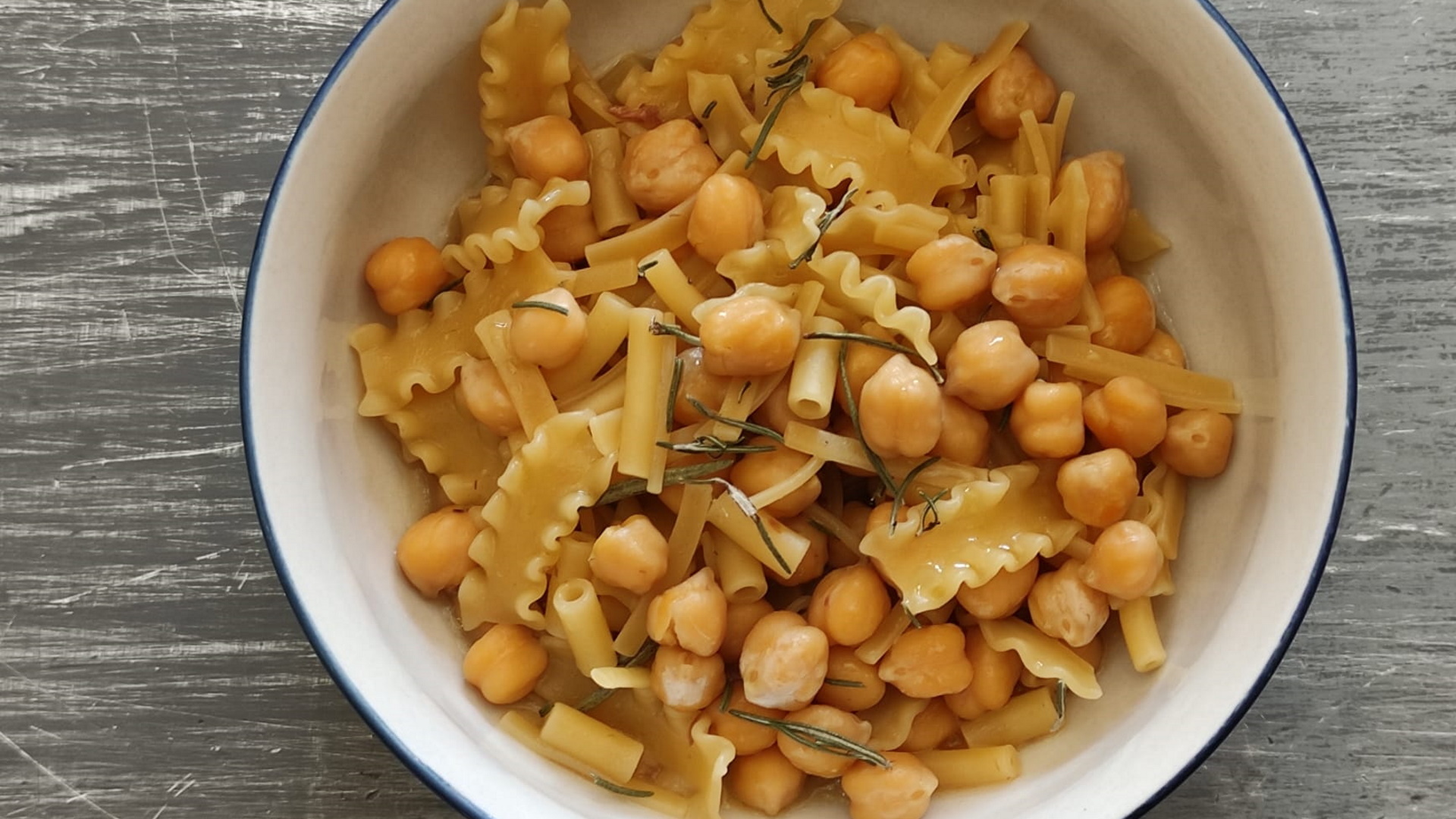
Dining with the poet Horace
A steaming bowl that brings with it the joy of a simple life and freedom. Luxuries and honors of the powerful Roman senators are nothing in front of the pleasure of getting up late, walking unescorted and being greeted, on the way back from an evening walk in the Forum, by a plate of chickpeas, leeks and lagana, a sort of ancient pasta – “inde domum me ad porri et ciceris refero laganique catinum”. It is the first century B.C., and this is the perfect dinner that the poet Horace handed down to us in one of his Satires, a real comfort food, as we would say today.
Chickpeas in Roman literature
This is certainly not the only time that humble chickpeas peep into ancient sources. A century later we find them, for example, among the staggering dishes (peacock eggs, honeyed dormice, lobsters...) of the dinner party staged by the freedman Trimalchio in Petronius’ Satyricon, or sold boiled on street corners in the poet Martial’s Epigrams. Beloved by soldiers and gladiators for their great energy charge, according to the common voice they also had aphrodisiac virtues and the white “Venus chickpeas” were consumed, writes Pliny the Elder, at ritual vigils in all likelihood not always chaste. More mundanely, and it is Pliny again who recounts this, boiled, roasted and salted chickpeas were then served in taverns to encourage the consumption of wine. Further evidence of their notoriety in ancient Rome? The surname of the great orator Cicero would apparently derive from a characteristic wart that one of his ancestors had on his face, shaped, precisely, like a chickpea – “cicer” in Latin.
A success story
After all, the fortunes of chickpeas (today in the top 3 of the world’s most consumed legumes) had begun many centuries earlier if it is true that the earliest archaeological evidence of their cultivation dates back as far as the Bronze Age. From ancient Egypt, where they were the basis of the diet of slaves, they soon spread throughout the Mediterranean and into the gastronomic culture of different peoples and countries, then keeping their success intact with the passing of the centuries, accomplice a strong and enveloping taste. Rich in minerals and vitamins, cheap and with an excellent storage capacity in the pantry, the were to be simply perfect even for a proverbially poor and rustic cuisine like the Roman one. Combined with pasta, an ideal combination from a nutritional point of view, they give rise to one of the great classics of the Roman culinary tradition, historically an excellent substitute for meat, thanks to their protein intake, on lean days or eve days. The custom is being lost to some extent, but even today on Friday mornings, chickpeas already “soaked” from the night before, ready to be cooked, can be found for sale in grocery stores and local markets.
The secret? Anchovies and rosemary
Known and loved all over Italy, genuine and creamy, in short a true joy for the palate, pasta with chickpeas “alla romana” has also made an appearance on the silver screen: the dish is the only booty with which the gang of bungling and hapless thieves in Monicelli’s film “I soliti ignoti” (Big Deal on Madonna Street) console themselves after seeing their attempted robbery at Monte di Pietà fade away. What distinguishes the Roman recipe from other regional variants, in the version that has been traditional for well over a century, is the use of a few salted anchovies in the sauce to be added to the chickpeas and their cooking water, which makes it even more flavorful and rich in personality without encroaching on its taste. To unmistakably scent the dish, it is playful to rely on a few sprigs of rosemary in the cooking water. As in all traditional recipes, there are few but quality ingredients for pasta e ceci alla romana: however, the simplicity of execution and little elaboration do not come at the expense of taste and flavor. You just have to try it.
Roman-style pasta and chickpeas: the traditional recipe of Ada Boni
Ingredients (4 servings)
• 300 g dried chickpeas
• 150 g cannolicchi or maltagliati pasta
• 1 clove of garlic
• 3 or 4 anchovies in oil
• 2 tablespoons of tomato sauce or peeled tomatoes
• a few sprigs of rosemary
• extra virgin olive oil, salt and pepper
Preparation
Soak the chickpeas the night before in warm water. The next day cook them for at least two hours in plenty of fragrant water with a few sprigs of rosemary. Once cooked, sauté a clove of garlic in extra-virgin olive oil, add the anchovies, crushing them with a fork, and add two tablespoons of peeled tomatoes, letting the sauce reduce over high heat. Add the chickpeas along with some of their cooking water, making sure they are completely covered, let them season for about 10 minutes and bring to a simmer. Then add the pasta and cook until it is ready (about 8 minutes) and has released the right amount of starch. Serve by sprinkling with black peppercorns.











































